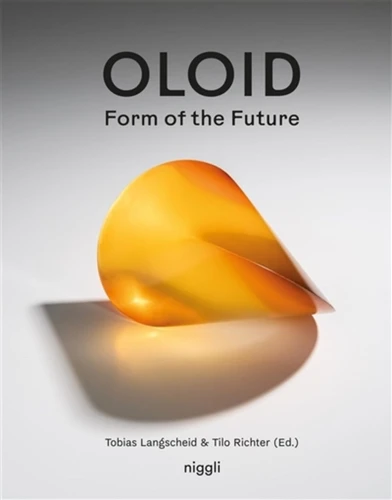Oloid. Form of the Future
Par : ,Formats :
- Paiement en ligne :
- Livraison à domicile ou en point Mondial Relay indisponible
- Retrait Click and Collect en magasin gratuit
- Réservation en ligne avec paiement en magasin :
- Indisponible pour réserver et payer en magasin
- Nombre de pages128
- PrésentationRelié
- FormatGrand Format
- Poids0.488 kg
- Dimensions17,6 cm × 22,6 cm × 1,5 cm
- ISBN978-3-7212-1025-5
- EAN9783721210255
- Date de parution26/03/2024
- CollectionNIGGLI EDITIONS
- ÉditeurNiggli
Résumé
In 1929, the Swiss sculptor, technician and researcher Paul Schatz (1898-1971) discovered the geometric form of the oloid. Schatz' lifework was devoted to this fundamentally new body, created by inverting the cube, for which he found ever new and pioneering applications. The sociologist Lucius Burckhardt identified the "highest possibilities of design" in the oloid, which its discoverer had "taken, as it were in passing, from his in-depth study of geometric solids." Almost a century later, this monograph brings together the most diverse facets of the oloid - from geometrical and technical aspects, via artistic and architectural interpretations, to philosophical considerations, all of which can be traced back to Paul Schatz' discovery.
In the summation of these contributions, a characterization of the oloid emerges - a portrait of the form for the future.
In the summation of these contributions, a characterization of the oloid emerges - a portrait of the form for the future.
In 1929, the Swiss sculptor, technician and researcher Paul Schatz (1898-1971) discovered the geometric form of the oloid. Schatz' lifework was devoted to this fundamentally new body, created by inverting the cube, for which he found ever new and pioneering applications. The sociologist Lucius Burckhardt identified the "highest possibilities of design" in the oloid, which its discoverer had "taken, as it were in passing, from his in-depth study of geometric solids." Almost a century later, this monograph brings together the most diverse facets of the oloid - from geometrical and technical aspects, via artistic and architectural interpretations, to philosophical considerations, all of which can be traced back to Paul Schatz' discovery.
In the summation of these contributions, a characterization of the oloid emerges - a portrait of the form for the future.
In the summation of these contributions, a characterization of the oloid emerges - a portrait of the form for the future.


